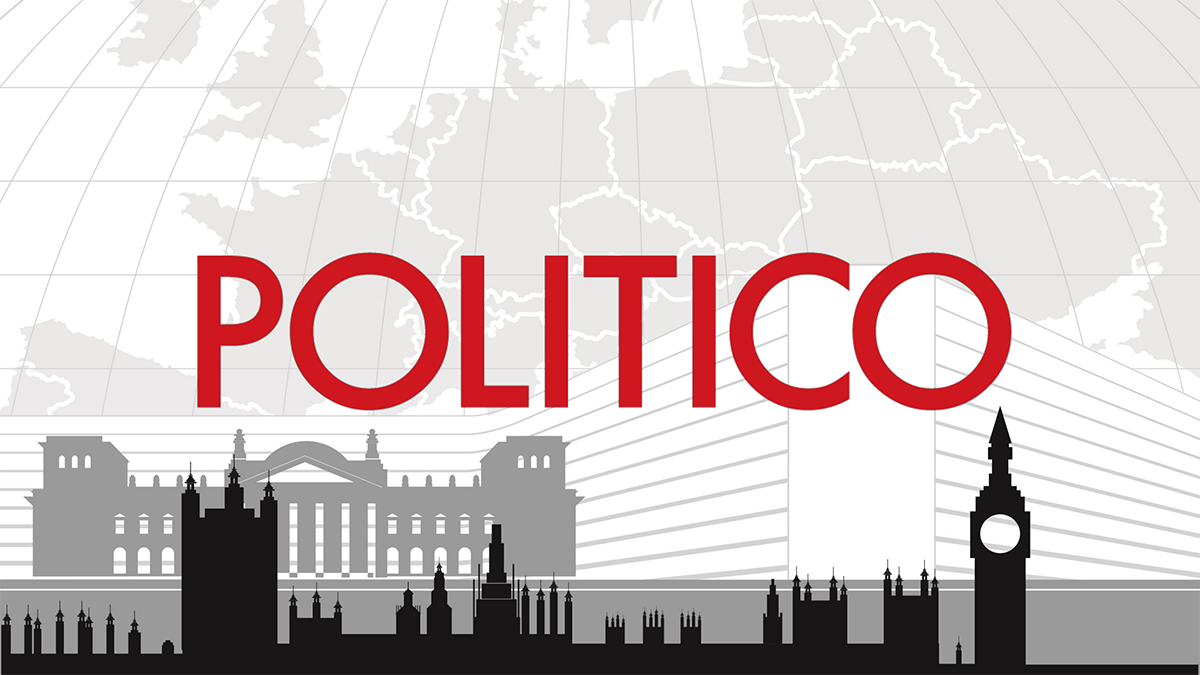Eleven out of NATO’s 31 allies are set to meet the alliance’s defense investment target this year, according to new data published Friday.
It’s a bump up from 2022, when merely seven allies cleared the spending threshold, but still short of where NATO would like to be. The latest figures did show, however, that Europe and Canada are expected to spend over 8 percent more on defense compared to last year, the alliance said.
The topic will be high on the agenda next week in Vilnius, where NATO leaders are gathering for their annual summit.
In 2014, allies agreed to aim to move toward spending 2 percent of economic output on defense within a decade. In Vilnius, the heads of state and government are expected to decide to make 2 percent the minimum expectation.
Western officials have underscored over the past weeks that many allies will have to spend more than 2 percent to meet the requirements of NATO’s new military plans and continue aiding Ukraine.
Poland, the U.S., Greece, Estonia, Lithuania, Finland, Romania, Hungary, Latvia, the U.K. and Slovakia are set to spend over 2 percent of their gross domestic product this year on defense, according to alliance calculations.
On the other end of the spectrum, the countries expected to spend the least as a percentage of economic output are Luxembourg, Belgium and Spain.
France is set to spend 1.9 percent of GDP on defense this year, while Germany is only at 1.57.
Speaking to reporters on Friday, NATO Secretary-General Jens Stoltenberg emphasized that allies have made progress.
“In 2023, there will be a real increase of 8.3 percent across European allies and Canada,” he said.
“This is the biggest increase in decades,” the NATO chief said, “and the ninth consecutive year of increases in our defense spending.”




